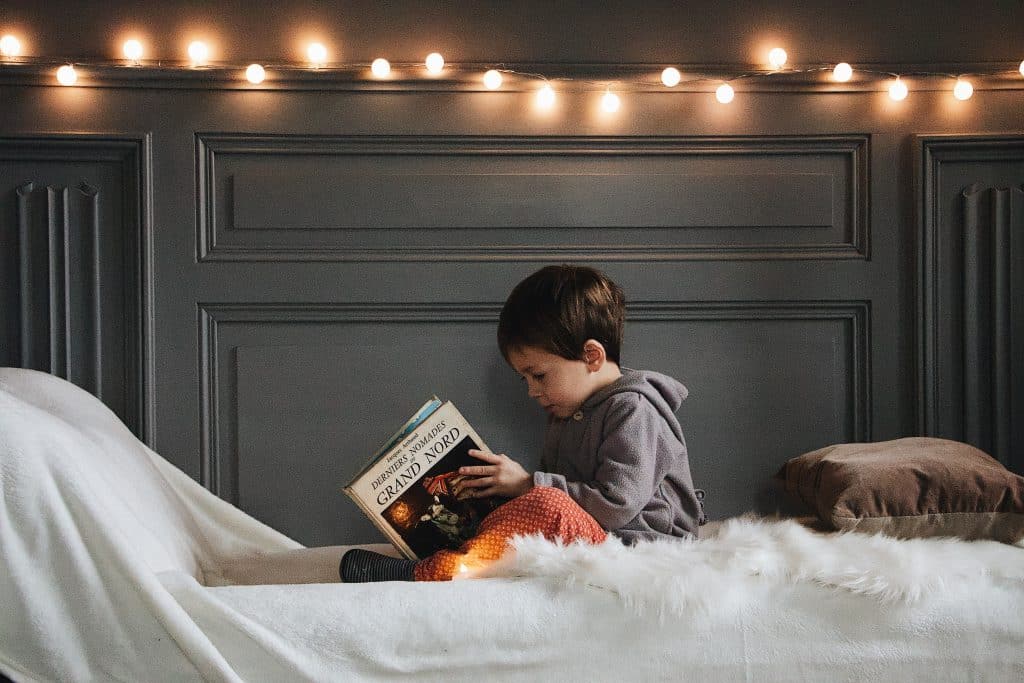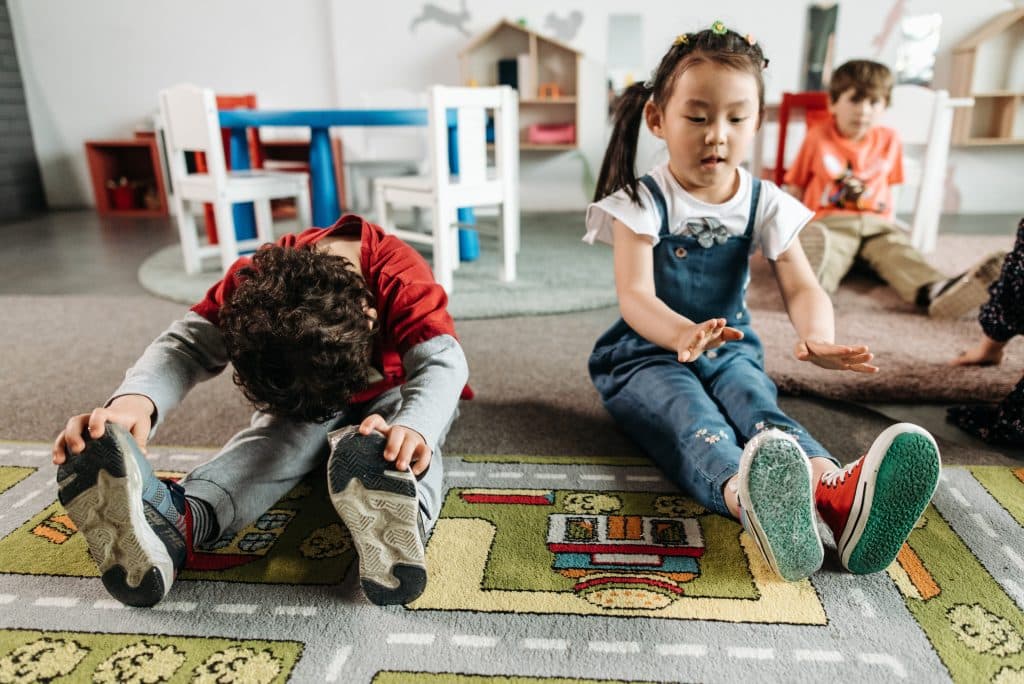Sleep is crucial for everyone, especially for parents who juggle countless responsibilities daily. If you’re struggling to get the rest you need, this guide will help you understand how to improve your sleep habits and wake up feeling refreshed. Our Goal Mine class also showcases these concepts through an engaging video, encouraging kids to learn independently. Whether you’re a parent of young kids or neurodivergent children with special needs, getting enough sleep is possible with the right approach.
Table of Contents
Key Takeaways
- Establish a consistent bedtime routine to improve sleep quality.
- Create a sleep-friendly environment by optimizing your bedroom for rest.
- Avoid screens and stimulants before bed to help your body wind down.
- Incorporate relaxation techniques like deep breathing or meditation.
- Get regular exercise and maintain a balanced diet to support healthy sleep patterns.
Question: How can parents get enough sleep?
Answer: Parents can get enough sleep by establishing a consistent sleep schedule, creating a sleep-friendly environment bedtime routine, avoiding screen and stimulants before bed, practicing relaxation, and getting regular exercise.

Read more: Does My Child Have a Sleep Disorder? Quiz
Step 1: Establish a Consistent Bedtime Routine
The first step to getting enough sleep is establishing a consistent bedtime routine. Your body thrives on routine, and setting a regular sleep schedule helps regulate your internal clock. Go to bed and wake up at the same time every day, even on weekends. This consistency helps your body know when it’s time to wind down and when it’s time to wake up.
A bedtime routine can include activities like reading a book, taking a warm bath, or practicing gentle stretching. These activities signal to your brain that it’s time to relax and prepare for sleep. For parents of neurodivergent kids, consistency in their bedtime routine can also make bedtime smoother and less stressful for everyone.
Step 2: Create a Sleep-Friendly Environment
Your bedroom should be a sanctuary for sleep. This means making sure it is quiet, dark, and cool. Consider using blackout curtains, earplugs, or a white noise machine if outside noise or light disrupts your sleep. Keep the room at a comfortable temperature, typically between 60 and 67 degrees Fahrenheit.
Additionally, investing in a comfortable mattress and pillows that support your sleep position can make a big difference. If you’re sharing your bed with a partner, ensure the bed is spacious enough for both of you to sleep comfortably. Clutter in the bedroom can also create stress, so try to keep the space tidy and free from distractions.
Step 3: Avoid Screens and Stimulants Before Bed
One of the biggest obstacles to getting enough sleep is exposure to screens and stimulants before bedtime. The blue light emitted from phones, tablets, and computers can interfere with your body’s production of melatonin, the hormone that regulates sleep. To improve your sleep quality, turn off screens at least an hour before bed.
In addition to screens, be mindful of what you consume before bed. Caffeine and sugar can keep you awake, so it’s best to avoid them in the evening. Instead, opt for a calming herbal tea or a light snack that won’t disrupt your sleep.

Read more: Does ADHD Affect Sleep?
Step 4: Practice Relaxation Techniques
Relaxation techniques can be incredibly effective in helping you fall asleep and stay asleep. Deep breathing, progressive muscle relaxation, and meditation are all techniques that can calm your mind and body, making it easier to drift off. If you have trouble falling asleep due to stress or anxiety, these techniques can be particularly helpful.
For parents, incorporating these techniques into your bedtime routine can also benefit your children, especially if they struggle with sleep. Teaching them simple breathing exercises or guided meditation can help them relax and prepare for sleep.
Step 5: Get Regular Exercise and Maintain a Balanced Diet
Exercise is not only good for your overall health, but it also promotes better sleep. Engaging in physical activity during the day helps you fall asleep faster and enjoy deeper sleep. However, try to avoid vigorous exercise close to bedtime, as it can have the opposite effect.
What you eat also impacts your sleep. A balanced diet rich in fruits, vegetables, lean proteins, and whole grains supports your body’s natural rhythms. Avoid heavy meals before bed, as they can cause discomfort and disrupt your sleep. If you’re hungry before bed, opt for a light snack like a banana or a handful of nuts.

Goally | Best Videos to Teach Life Skills
Give your kid an independent future. Goally has 100+ video classes teaching life skills like “How to Choose a Restaurant,” “How to Interrupt Politely,” and “How to Get Ready for School.”
Goally takes kids on an adventure that includes interactive practice and checkpoints along the way! No web browsers, YouTube, or social media.
Getting enough sleep is essential for your overall well-being, and by following these steps, you can improve your sleep quality and wake up feeling refreshed each day. Whether you’re establishing a consistent bedtime routine, creating a sleep-friendly environment, or practicing relaxation techniques, each small change can make a big difference in your ability to get the rest you need. Remember, taking care of your sleep is one of the best ways to take care of yourself and your family.
Resources:
- Sleep Foundation
- Centers for Disease Control and Prevention: Sleep
- American Academy of Pediatrics: Healthy Children
FAQs about How to Get Enough Sleep
What is the best way to fall asleep quickly?
Establishing a consistent bedtime routine and practicing relaxation techniques like deep breathing or meditation can help you fall asleep faster. Avoiding screens and stimulants before bed also supports quicker sleep onset.
How many hours of sleep do I really need?
Most adults need between 7 to 9 hours of sleep each night to function optimally. However, individual needs can vary, so it's essential to listen to your body and adjust accordingly.
Can exercise help improve sleep quality?
Yes, regular exercise promotes better sleep by helping you fall asleep faster and enjoy deeper sleep. However, avoid vigorous exercise close to bedtime, as it may energize you and make it harder to fall asleep.
How can I create a sleep-friendly environment?
A sleep-friendly environment is quiet, dark, and cool, with a comfortable mattress and pillows. Reducing clutter and minimizing distractions in your bedroom can also help you sleep better.
What should I avoid before bedtime to improve sleep?
It's best to avoid screens, caffeine, and heavy meals before bed, as they can interfere with your ability to fall asleep. Instead, opt for relaxing activities like reading or drinking a calming herbal tea.
This post was originally published on 09/26/2023. It was updated on 08/22/2024.

Hennah is an experienced writer and researcher, helping children with autism, ADHD, and other neurodivergent conditions. As a blog contributor for Goally, she combines her deep understanding of neurodiversity with practical advice, offering valuable insights to parents and educators.





